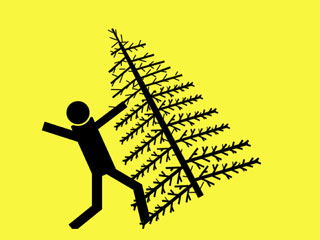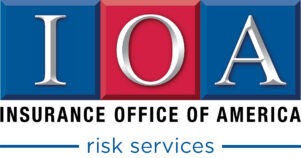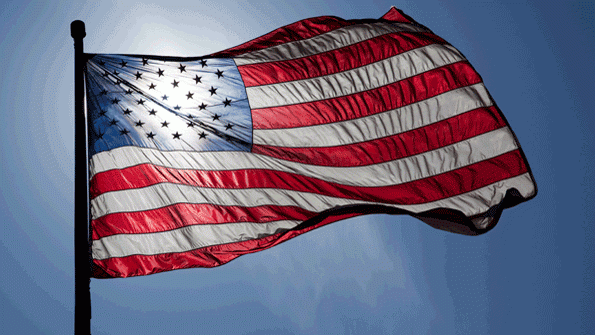
NFPA, CPSC, and the Maryland State Fire Marshal Encourage Holiday Decoration Safety
Each year, thousands of people are injured and report losses from falls, fires, and other incidents associated with the holidays. Injuries, property losses, Christmas tree and candle light fires tend to be some of the most common incidents that have increased since 2009, in which deaths have unfortunately been a part of. This year, the NFPA, CPSC, and the Maryland State Fire Marshal have teamed up to prevent holiday decoration fires and injuries.
 “Make sure you water your Christmas tree frequently, use holiday lights that are tested and certified and safe and not damaged, use candles carefully, and do not put a frozen turkey into a deep fryer,” said CPSC Chairman Inez Tenenbaum. “We want consumers to avoid fires and injuries by adding “safety” to their holiday checklist.”
“Make sure you water your Christmas tree frequently, use holiday lights that are tested and certified and safe and not damaged, use candles carefully, and do not put a frozen turkey into a deep fryer,” said CPSC Chairman Inez Tenenbaum. “We want consumers to avoid fires and injuries by adding “safety” to their holiday checklist.”
“Holidays are a time of celebration with family and friends,” stated Maryland State Fire Marshal William E. Barnard. “However, fire and life safety is everyone’s responsibility; by testing smoke alarms and carbon monoxide detectors, keeping exits clear of obstructions, monitoring water levels for live trees, staying with food while it is cooking, and following basic safety guidelines involving open flame devices such as candles and fireplaces, we can all avoid injury or death from fire.”
With this in mind, the following tips were put together by them to make sure we are aware of the dangers and take precautions during this year's holiday season and for years to come:
Trees and Decorations
- Buying live trees? Check for freshness. A fresh tree is green, its needles are hard to pull from branches, and its needles do not break when bent between your fingers. The bottom of a fresh tree is sticky with resin, and when tapped on the ground, the tree should not lose many needles.
- Setting up a tree at home? Place it away from heat sources, such as fireplaces, vents, and radiators. Because heated rooms dry out live trees rapidly, be sure to monitor water levels daily, and keep the tree stand filled with water. Place the tree out of the way of foot traffic, and do not block doorways with the tree.
- Buying an artificial tree? Look for the label: “Fire Resistant.” Although this label does not mean that the tree will not catch fire, it does indicate that the tree is more resistant to catching fire.
- Decorating a tree in homes with small children? Take special care to avoid sharp, weighted, or breakable decorations. Keep trimmings with small removable parts out of the reach of children, who could swallow or inhale small pieces. Avoid trimmings that resemble candy or food that may tempt a child to eat them.
- Candles
- Keep burning candles within sight. Extinguish all candles before you go to bed, leave the room, or leave the house.
- Keep candles on a stable, heat-resistant surface where kids and pets cannot reach them or knock them over. Lighted candles should be placed away from items that can catch fire, such as trees, other evergreens, decorations, curtains and furniture.
Lights
- Use only lights that have been tested for safety by a nationally recognized testing laboratory, such as Underwriters Laboratories (UL). Lights for both indoor and outdoor usage must meet strict requirements that testing laboratories are able to verify. On decorative lights available in stores, UL’s red holographic label signifies that the product meets safety requirements for indoor and outdoor usage. UL’s green holographic label, signifies that the product meets requirements for only indoor usage.
- Check each set of lights, new or old, for broken or cracked sockets, frayed or bare wires, or loose connections. Throw out damaged sets and do not use electric lights on a metallic tree.
- Check each extension cord to make sure it is rated for the intended use and is in good condition. Do not use cords with cuts or signs of fraying.
- Check outdoor lights for labels showing that the lights have been certified for outdoor use, and only plug them into a ground-fault circuit interrupter (GFCI)-protected receptacle or a portable GFCI.
Fireplaces
- Use care with “fire salts,” which produce colored flames when thrown onto wood fires. Fire salts contain heavy metals that can cause intense gastrointestinal irritation and vomiting, if swallowed. Keep them away from children.
- Do not burn wrapping papers in the fireplace. A flash fire may result because wrappings can ignite suddenly and burn intensely.





